A cozy nest for a common gartersnake
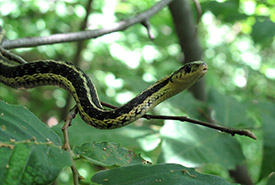
Common gartersnake (Photo by Hugo Tremblay-CERFO)
You won’t be surprised to hear that my fellow scientists spend a lot of time in the field in the spring and summer (for species inventories, invasive species control, property monitoring, etc.), but when the snow flies and temperatures drop...
Antlers of the East: Tracking the decline of the Atlantic-Gaspésie caribou (part one)
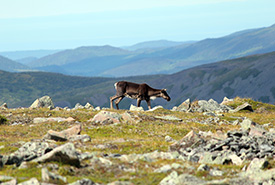
Woodland caribou at the summit of Mont Jacques-Cartier, tallest among the Chic Choc Mountains of Gaspésie National Park, QC. (Photo by Zack Metcalfe)
It was August 18, 2017, when I gained the summit of Mont Jacques-Cartier, an alpine peak of shattered stone and meagre vegetation some 1,270 metres above Quebec’s Gaspé Peninsula. Several stones were organized into mounds, marking the...
Carbon and wetlands: So what's the big deal?
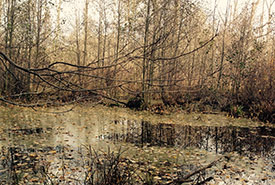
Wetlands can support lots of plants and vegetation. (Photo by Amanda Loder)
Wetlands can support a lot of plants and vegetation, which take up carbon from the atmosphere. What's unique about wetlands is that they enable dead plant material and the carbon they contain to be buried in their soils without being released into...
Dr. Crayfish, I presume?
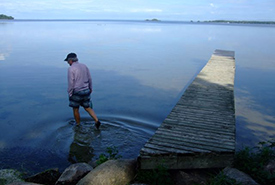
Premek Hamr, PhD (a.k.a. Dr. Crayfish) (Photo courtesy of Premek Hamr, PhD)
At the Nature Conservancy of Canada's annual Ontario Region staff meeting last May, a few of us stepped outside to wander the shoreline of Lake Simcoe and admire the sunset. As we rooted around the rocky beach, I took a few photos of plants and...
Sudbury lakes are becoming less acidic
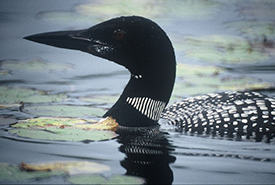
Common loons moult their feathers, starting at the base of their bills, before autumn migration in September. (Photo by Robert Alvo)
In my July 5, 2018, blog, I summarized my findings of over 25 years of examining the effects of lake acidification on common loon breeding success in the Sudbury region of Ontario. Although Sudbury's lakes have improved after decades of sulphur...
Multi-talented organisms: How seaweeds can affect our daily lives
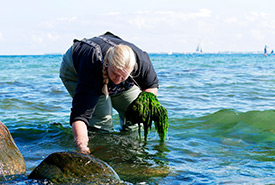
Dr. Sophie Steinhagen collecting seaweeds (Photo courtesy of Dr. Sophie Steinhagen)
Seaweeds, a type of macro-algae (a group that includes benthic [attached to the bottom] marine algae that are typically visible to the naked eye), provide hope for a more sustainable future, through healthier food, renewable energy and fewer...
If you’re Batman then I must be Robin, right?
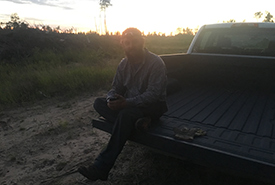
Joe Poissant's (a.k.a. Batman's) office in the country (Photo by NCC)
I feel like there might be some real merit in an ecologist superhero movie. Hear me out before you rate me on Rotten Tomatoes. This summer I spent a couple of nights trying my best to help the Nature Conservancy of Canada’s (NCC’s)...
Science is for the birds
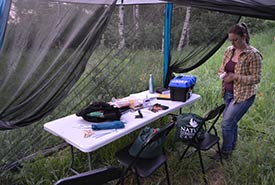
MAPS station at Big Valley property, SK (Photo by NCC)
As a summer intern for the Nature Conservancy of Canada (NCC), I have had the opportunity to participate in many cool conservation activities. One of the neatest projects I got to work on this past summer was the MAPS station that NCC is running...
Understanding how roads affect wildlife in the Chignecto Isthmus
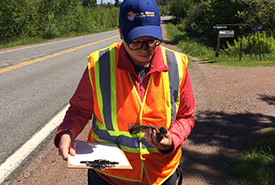
Documenting roadkill helps me investigate the interactions between wildlife and roads in the Chignecto Isthmus (Photo by NCC)
Whenever I talk to people about my summer field work, I am often initially met with expressions of disgust or sadness. The knee-jerk reactions are not surprising. I work very closely with everyone’s least favourite summer road trip sight:...
Long live loons and their research
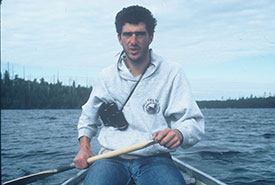
I paddled hundreds of kilometres searching for loons and their nests. (Photo by Kent Prior)
In the 1970s, North Americans were already concerned about the effects of human activity on the common loon, a large charismatic diving bird that breeds on lakes. My bachelor’s thesis at Queen’s University examined this concern on...

